Magnetic Compass Was Invented In Ancient China
A. Sutherland - AncientPages.com - Magnetic compass is an indispensable navigation tool that has played a significant role in our history.
We find the first use of a magnetic compass in ancient China. The compass was invented as a divination tool by Chinese fortune-tellers who used the lodestones to construct their fortune telling boards. Eventually, they realized that the loadstones always pointed towards the north, and the truly practical use of the compass became reality.
There are allusions in the manuscript Wu Ching Tsung Yao, written in 1040, to “an iron fish” suspended in water that pointed to the south. And the earliest reference to a magnetic direction-finding device for land navigation is recorded in a Song Dynasty book dated to 1040-44.
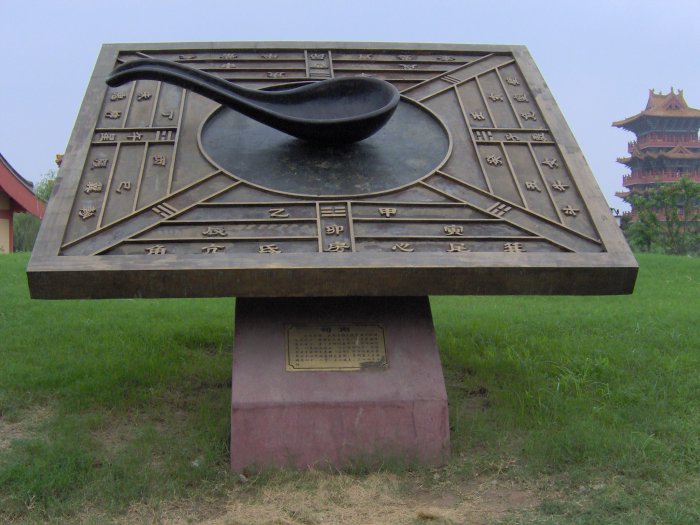
A model in Kaifeng of a Chinese ladle-and-bowl type compass used for geomancy in the Han Dynasty (202 BC – 220 AD).
The first “real” mention of the compass was in a book entitled “Dream Pool Essays” dated 1086 by scholar Shen Kuo, in the Song Dynasty.
Shen Kuo wrote that when “magicians rub the point of a needle with lodestone, then it is able to point to the south…It may be made to float on the surface of the water, but it is then rather unsteady…It is best to suspend it by a single cocoon fiber of new silk attached to the center of the needle by a piece of wax. Then, hanging in a windless place, it will always point to the south.”
See also:
Chinese Invention: World’s First Known Movable Type Printing
Highly Advanced Robots In Ancient China
Matches Were Invented In Ancient China.
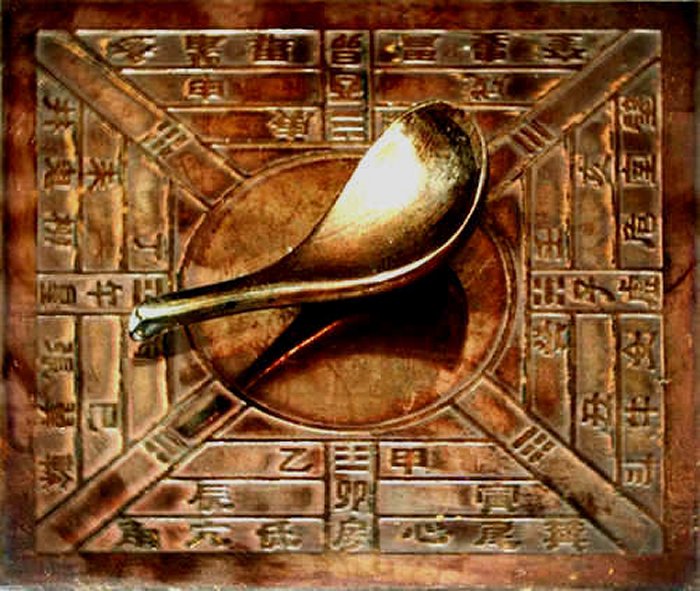
A Han dynasty magnetic compass, the needle is in the form of a carefully balanced ladle that points south.
The compass shows divisions for use in Feng Shui and Yi Jing.
In Europe, the magnetic compass first appeared in Amalfi, Italy, approximately in the 14th century but it is not known if the magnetic compass was invented in Europe or if it migrated to Europe along trade routes from China. However, it became very important for sea trade and military equipment and therefore it was more developed by Western nations.
With the successive rise of the Portuguese, Spanish, Dutch, and English empires, the development of the compass shifted to the European nations facing the Atlantic Ocean.
Before the age of the compass, ancient people used other navigation tools to cross the seas. According to sagas from the Viking era, the Vikings used whales, swells, birds, the stars, and the wind as clues to aid in navigation.
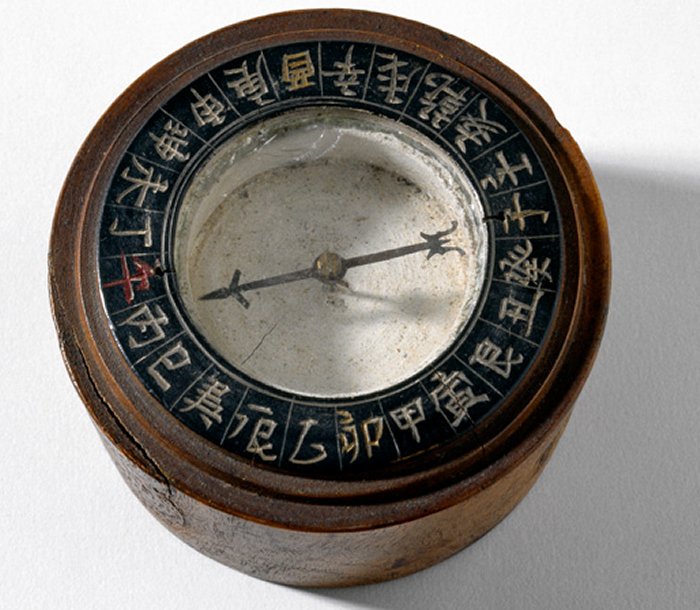
The compass was invented as a divination tool by Chinese fortune-tellers who used the lodestones to construct their fortune telling boards. Photo: SSPL/Getty Images/The Institute
The Norse sagas mention a mysterious “sunstone” – a magical stone that showed sailors the road when the sun disappeared. Today we call the stone – crystal stone of the Vikings.
The Phoenicians who were masters of sea travel covering great distances in their ships used costal and deep-sea navigation. They also depended on celestial navigation and built lighthouses.
Ancient Polynesian navigators used the sun, stars, sea swell patterns, cloud formations, and seamarks such as bird flight habits to traverse the waters and explore new lands.
Written by – A. Sutherland - AncientPages.com Senior Staff Writer
Copyright © AncientPages.com All rights reserved. This material may not be published, broadcast, rewritten or redistributed in whole or part without the express written permission of AncientPages.com
Expand for referencesMore From Ancient Pages
-
 Controversial Atacama Skeleton Is Not An Alien – DNA Study Reveals
Archaeology | Mar 23, 2018
Controversial Atacama Skeleton Is Not An Alien – DNA Study Reveals
Archaeology | Mar 23, 2018 -
 Why Was Pharaoh Khafre Almost Wiped Out From Historical Records?
Featured Stories | Feb 19, 2020
Why Was Pharaoh Khafre Almost Wiped Out From Historical Records?
Featured Stories | Feb 19, 2020 -
 Unusual Neolithic Burial From Grotta Di Pietra Sant’ Angelo Puzzles Archaeologists
Featured Stories | Jan 15, 2024
Unusual Neolithic Burial From Grotta Di Pietra Sant’ Angelo Puzzles Archaeologists
Featured Stories | Jan 15, 2024 -
 Is Mysterious Herlaugshaugen The Ship Burial Of Viking King Herlaug?
Archaeology | Jul 11, 2023
Is Mysterious Herlaugshaugen The Ship Burial Of Viking King Herlaug?
Archaeology | Jul 11, 2023 -
 Gigantic Ancient Palace Unearthed In Mexico’s Valley Of Oaxaca
Archaeology | Mar 29, 2017
Gigantic Ancient Palace Unearthed In Mexico’s Valley Of Oaxaca
Archaeology | Mar 29, 2017 -
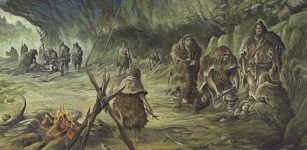 Neanderthals Buried Their Dead – New Evidence
Archaeology | Dec 10, 2020
Neanderthals Buried Their Dead – New Evidence
Archaeology | Dec 10, 2020 -
 Queen Mama Ocllo: Legendary Wife Of Sapa Inca Manco Capac In Beliefs Of Andean People
Featured Stories | May 6, 2020
Queen Mama Ocllo: Legendary Wife Of Sapa Inca Manco Capac In Beliefs Of Andean People
Featured Stories | May 6, 2020 -
 Did First Settlers From Asia Reached America By ‘Stepping Stone’ Migration Across Bering Sea?
Archaeology | Apr 30, 2021
Did First Settlers From Asia Reached America By ‘Stepping Stone’ Migration Across Bering Sea?
Archaeology | Apr 30, 2021 -
 Startling Evidence Modern Humans Lived In The Mandrin Cave 56,800 Years Ago Where They Met The Neanderthals
Archaeology | Mar 12, 2022
Startling Evidence Modern Humans Lived In The Mandrin Cave 56,800 Years Ago Where They Met The Neanderthals
Archaeology | Mar 12, 2022 -
 Why Were Neolithic Houses Always Built Counterclockwise?
Archaeology | Jan 13, 2020
Why Were Neolithic Houses Always Built Counterclockwise?
Archaeology | Jan 13, 2020 -
 Ganesha: Elephant-Headed God Of Knowledge, Learning, Literature And Scribe Of The Mahabharata
Featured Stories | Aug 17, 2016
Ganesha: Elephant-Headed God Of Knowledge, Learning, Literature And Scribe Of The Mahabharata
Featured Stories | Aug 17, 2016 -
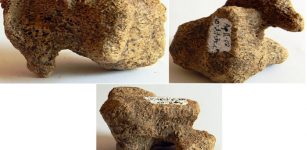 12,000 Years Ago Siberian People Possessed Technique To Soften Ivory And Create Toys Or Art Items
Ancient Technology | Jan 6, 2021
12,000 Years Ago Siberian People Possessed Technique To Soften Ivory And Create Toys Or Art Items
Ancient Technology | Jan 6, 2021 -
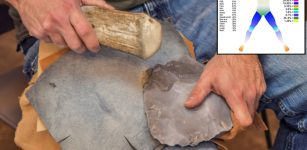 Early Humans Risked Life -Threatening Flintknapping Injuries – Long-Lasting Tradition
Archaeology | May 26, 2023
Early Humans Risked Life -Threatening Flintknapping Injuries – Long-Lasting Tradition
Archaeology | May 26, 2023 -
 Clay Cylinders With Oldest Known Alphabet Unearthed In Ancient Syrian City Of Umm-el Marra
Archaeology | Nov 21, 2024
Clay Cylinders With Oldest Known Alphabet Unearthed In Ancient Syrian City Of Umm-el Marra
Archaeology | Nov 21, 2024 -
 Sumerian City Of Girsu: Political, Religious Center With Large Archive Of Thousands Of Cuneiform Tablets
Civilizations | Jul 21, 2023
Sumerian City Of Girsu: Political, Religious Center With Large Archive Of Thousands Of Cuneiform Tablets
Civilizations | Jul 21, 2023 -
 Heyoka – Sacred Clown Who By Doing The Opposite Helps And Guides In Daily Life
Native American Mythology | Feb 7, 2019
Heyoka – Sacred Clown Who By Doing The Opposite Helps And Guides In Daily Life
Native American Mythology | Feb 7, 2019 -
 On This Day In History: The Battle Of Actium – Birth Of The Roman Empire – Sep 2, 31 BC
News | Sep 2, 2015
On This Day In History: The Battle Of Actium – Birth Of The Roman Empire – Sep 2, 31 BC
News | Sep 2, 2015 -
 Did A Comet Explosion Over North America Lead To Downfall Of Ancient Hopewell Culture?
Archaeology | Feb 2, 2022
Did A Comet Explosion Over North America Lead To Downfall Of Ancient Hopewell Culture?
Archaeology | Feb 2, 2022 -
 Can Aikman Mounds In Arkansas Explain The Hopewell Culture’s Mysterious Disappearance?
Featured Stories | Apr 30, 2019
Can Aikman Mounds In Arkansas Explain The Hopewell Culture’s Mysterious Disappearance?
Featured Stories | Apr 30, 2019 -
 Remains Of A Roman Ship Discovered In Serbia
Archaeology | Aug 7, 2023
Remains Of A Roman Ship Discovered In Serbia
Archaeology | Aug 7, 2023
